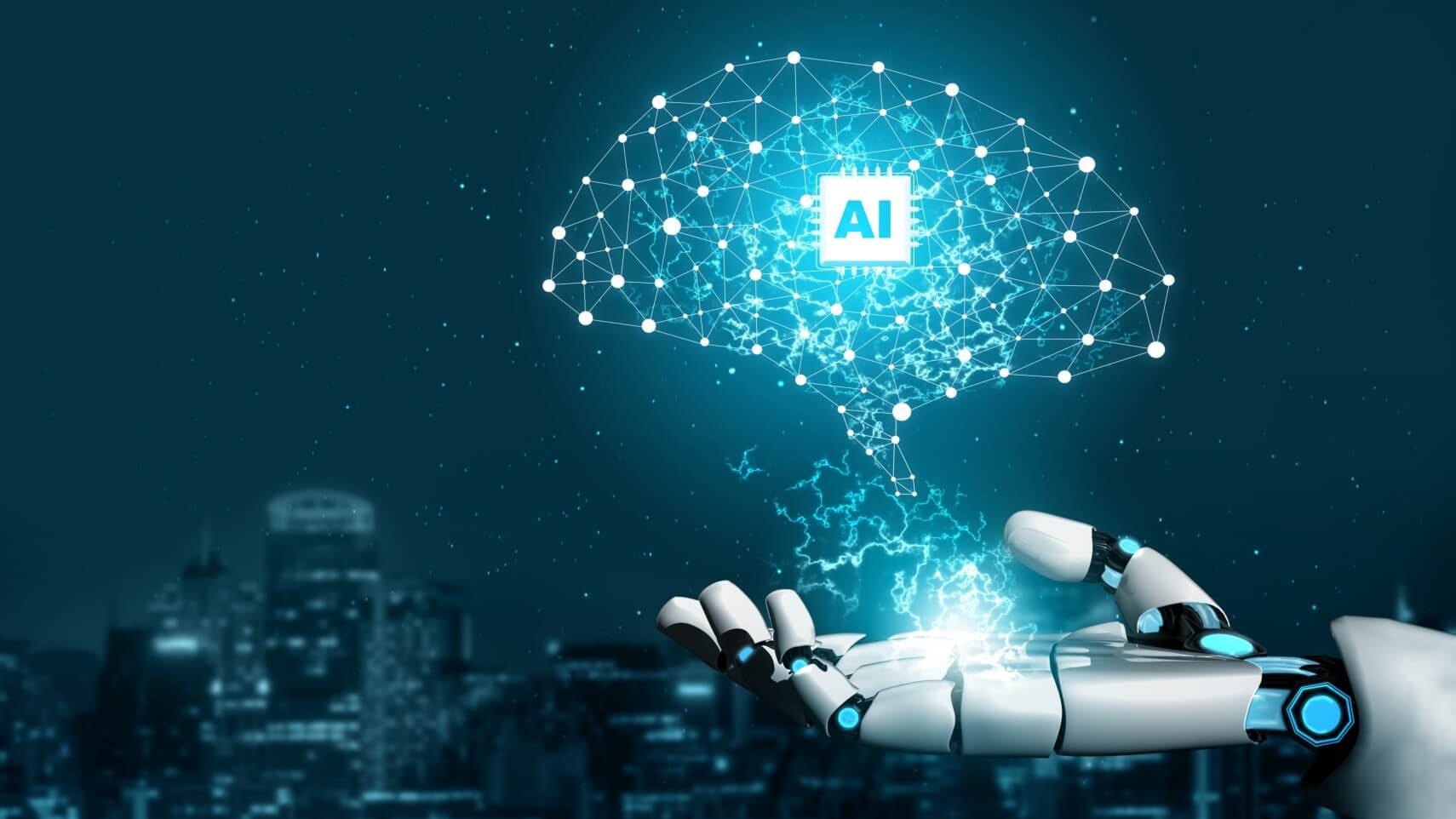In this article, we will explain the relationship between machine learning and deep learning. Deep learning, also known as deep learning, is a technology that uses large amounts of data to learn certain rules and criteria on its own to make predictions and decisions. We will also introduce examples of the use of AI technology in business, so please take a look.
What is the relationship between machine learning and deep learning?
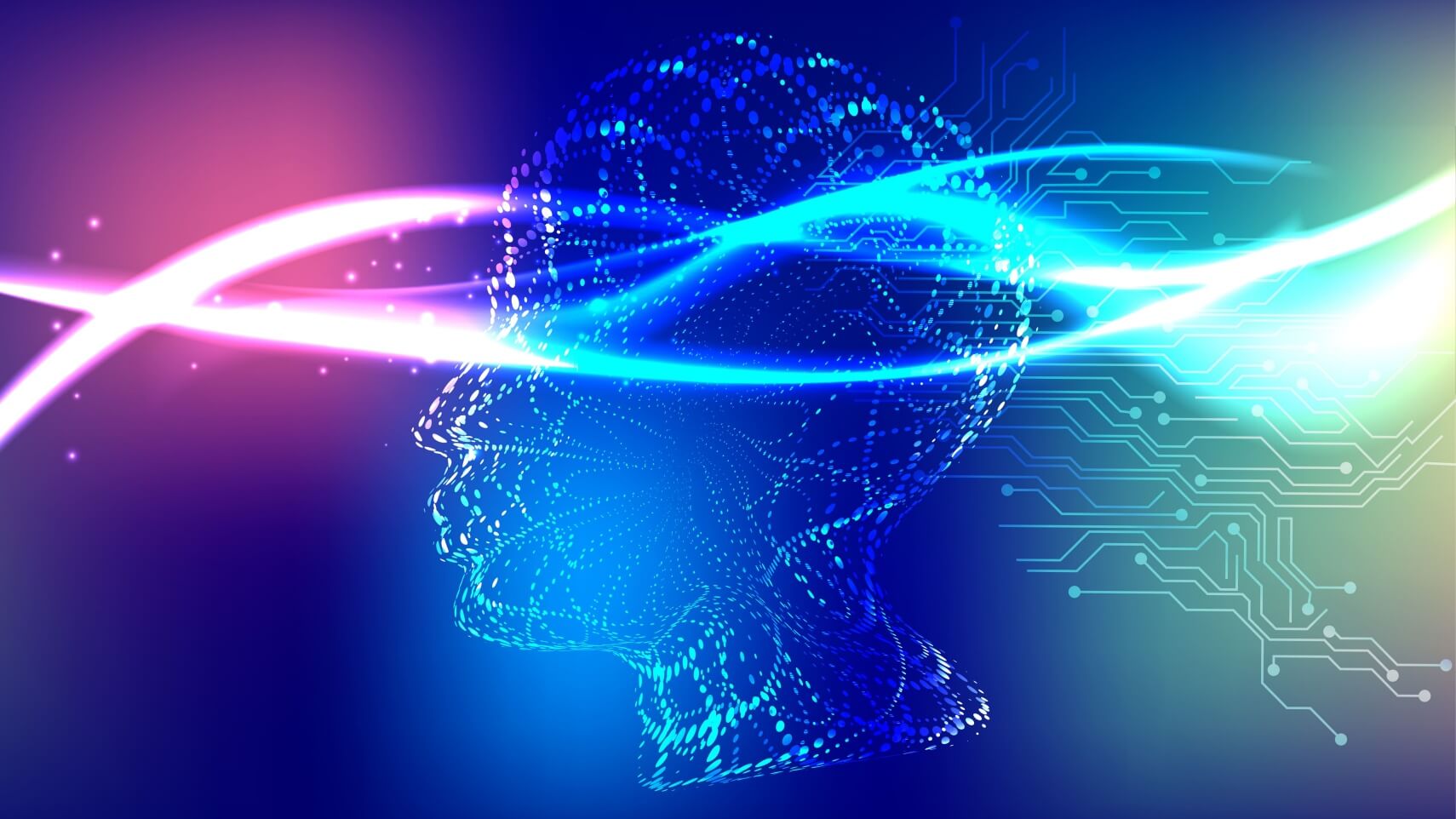
Machine learning and deep learning are both artificial intelligence (AI) techniques. The characteristics of each are explained below.
machine learning
Machine learning is a system in which computers learn based on information input by humans, and there are three types of learning methods: supervised learning, unsupervised learning, and reinforcement learning. Details are explained in the following sections.
Deep learning
The performance of deep learning has been improved by increasing the hidden layer, which is one of the layers that make up a neural network modeled after the structure of the human brain. As a result, the AI itself extracts features based on the learning data, making it possible to make more accurate and faster decisions.
Difference between machine learning and deep learning
Deep learning is a machine learning technique, not a contrasting one. The concept of AI includes a technology called machine learning, and within machine learning there is deep learning.
Types and characteristics of machine learning
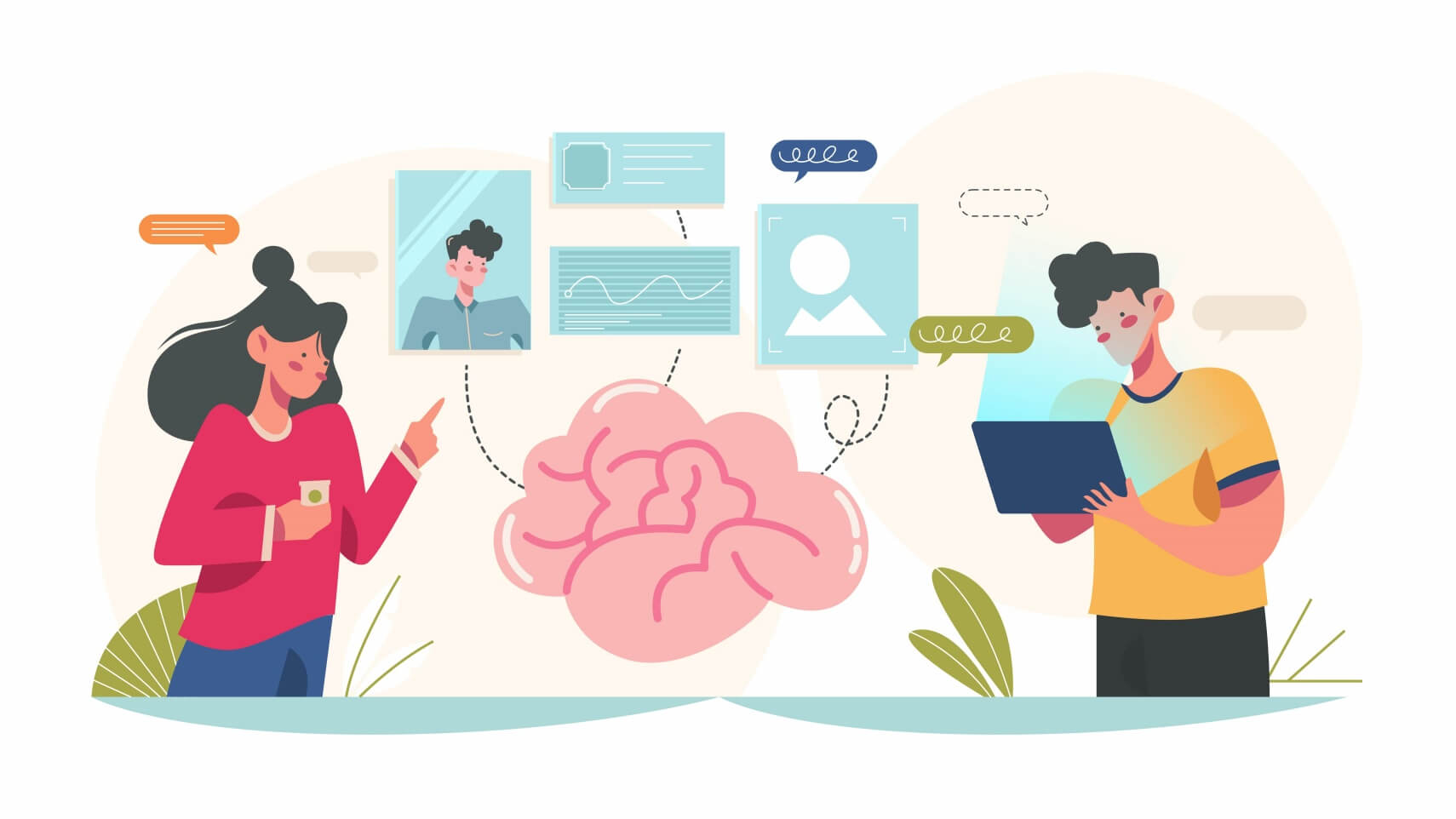
There are three areas of machine learning: supervised learning, unsupervised learning, and reinforcement learning. From here, we will explain the details of the learning method. Please understand what each method is good at and use it as a reference when utilizing AI in your business.
supervised learning
Supervised learning is a learning method in which a machine learns and predicts response values for a dataset based on correct labels assigned in advance by humans. It is used when the correct answer is clear, and is used to predict machine failures, detect email spam, and predict the optimal staffing for stores.
unsupervised learning
Unsupervised learning is a method of learning without giving correct answers to the training data. When the correct answer is unclear, use unsupervised learning. Typical examples include “dimensionality reduction,” which extracts information that characterizes data, and “clustering,” which groups data based on its characteristics.
reinforcement learning
Reinforcement learning does not rely on static datasets, but rather operates in a dynamic environment and learns by receiving incentives as a result. This eliminates the need for pre-learning data collection, preprocessing, and labeling, which are required with supervised and unsupervised learning. It is applied to traffic signal control, car control, robot learning, etc.
Algorithms used in machine learning
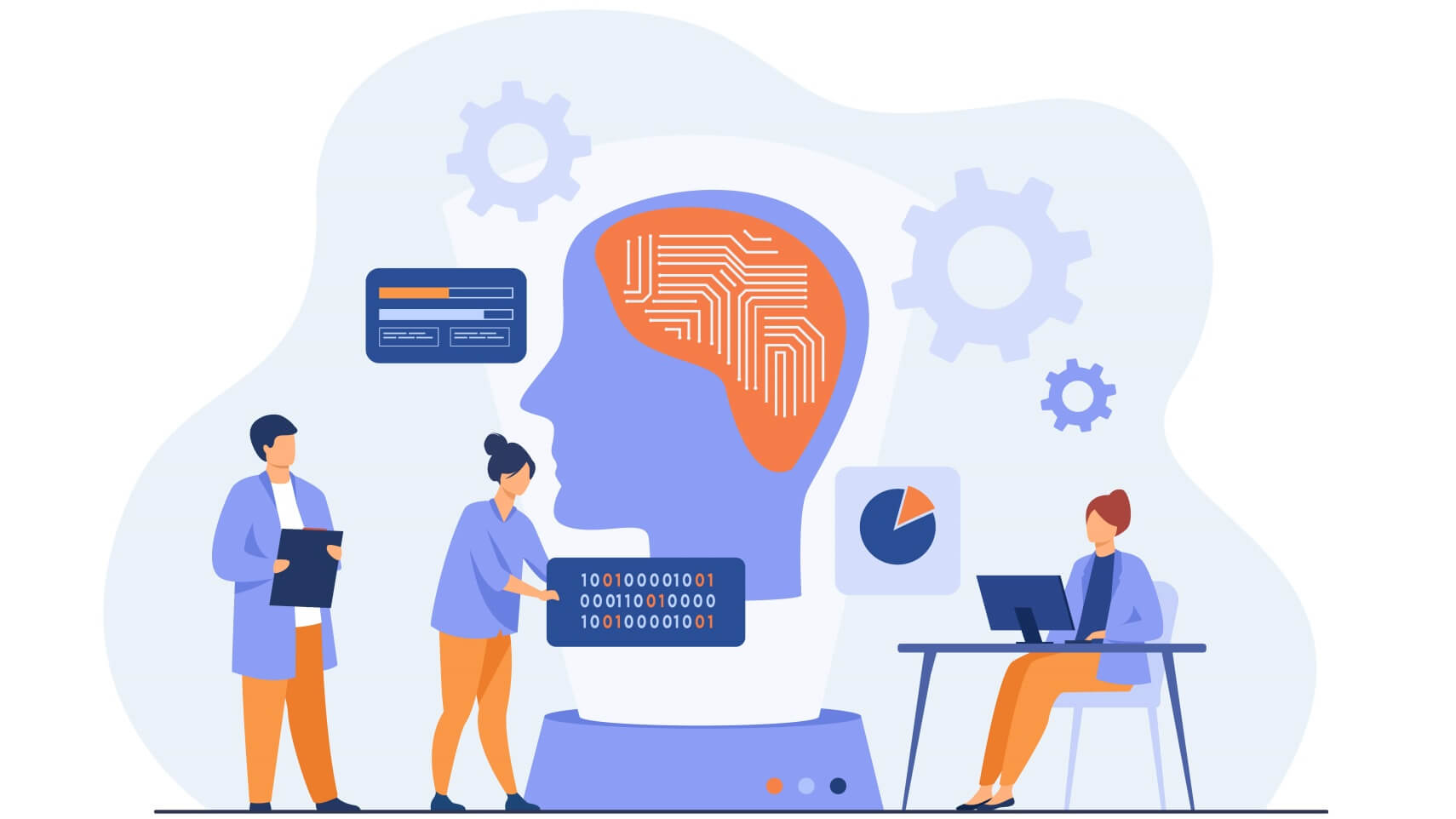
Machine learning has several typical algorithms. One of these, decision tree analysis, is an analysis method that constructs a tree-like model by repeating the process of predicting an outcome from a certain cause.
On the other hand, an algorithm called random forest prepares multiple decision trees, performs analysis, and decides on one of them by majority vote. It is used to predict inventory and the number of customers visiting the store, as well as to understand which customers are likely to defect based on purchasing data and customer attribute data.
Support vector machine is a method that uses only a portion of the data (support vectors) required for prediction when using past prediction data, without reducing prediction accuracy. A neural network modeled after the structure of the human brain consists of an input layer, an output layer, and a hidden layer. A single artificial neuron is a simple mechanism, but when many are combined, complex function approximations can be performed. It can be used in a wide variety of applications, including language translation, stock trading systems, and the medical field.
Four areas where deep learning can be used
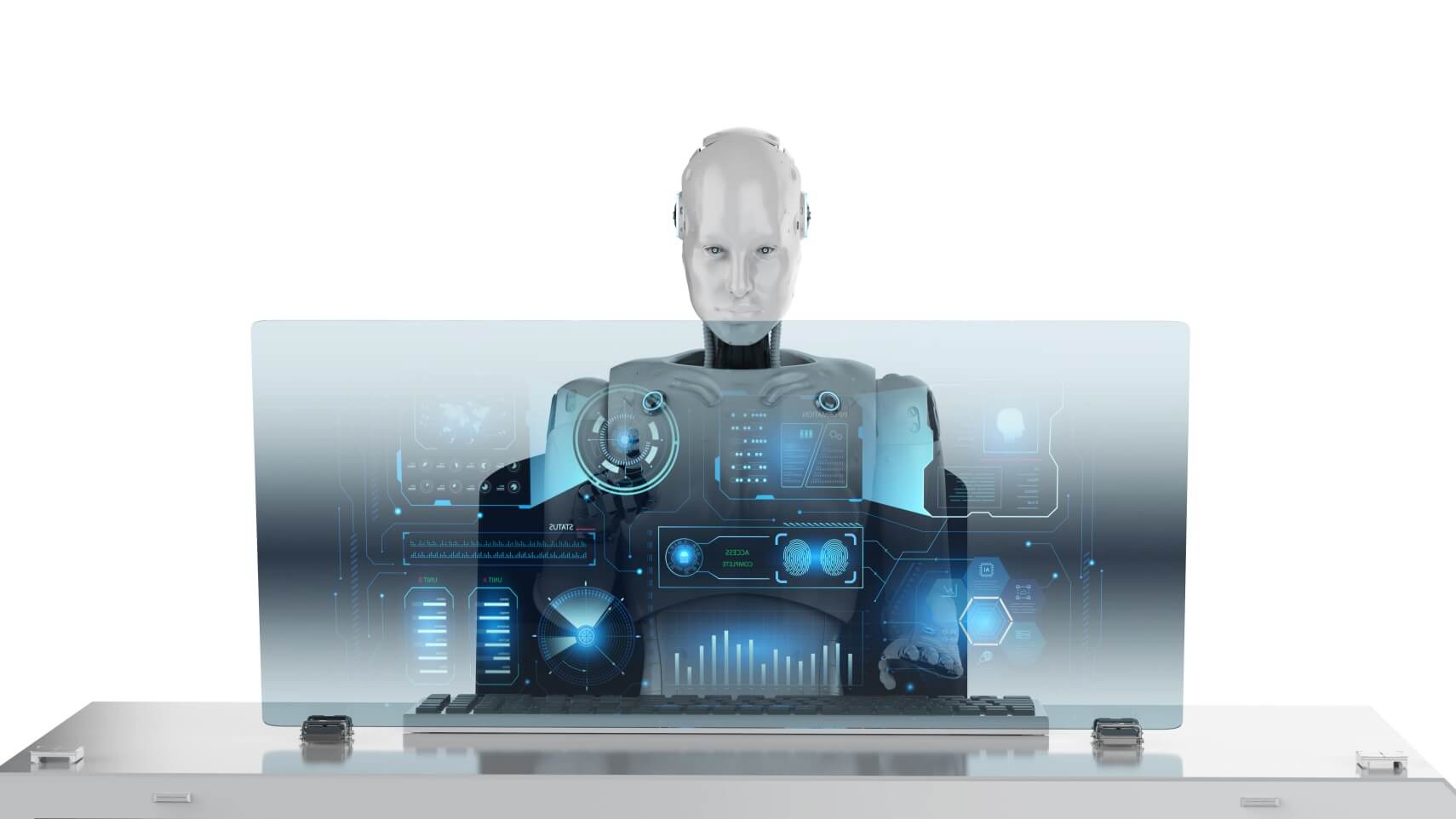
Let’s take a look at four areas where deep learning can be used.
Image recognition/processing
Image recognition was the first field in which deep learning was utilized, and it is a technology that takes in and processes image information, similar to human vision. In the manufacturing industry, AI automatically determines inspection targets such as products and parts in real time, and is used to detect defective products. Additionally, further advances in image recognition technology are required to achieve fully automated driving.
Voice identification/authentication
Speech identification and authentication is a technology that converts speech into text by combining speech information and linguistic information. Artificial intelligence identifies speech by matching the features of the converted speech with symbols (phonemes and words). It is used in a wide range of fields such as transcription, automatic response, translation, lock opening, and sentiment analysis, and its accuracy has reached a level comparable to that of humans. At manufacturing sites, acoustic data is analyzed to detect abnormal sounds, leading to failure detection and quality maintenance.
natural language learning
Natural language is a general term for words spoken by humans, and its antonyms are artificial languages and formal languages. In recent years, the scope of applications of natural language processing has expanded, and it is widely used in everything from machine translation to voice dialogue systems for AI assistants, search engines, and more.
Anomaly detection and prediction based on data
At production sites, there is a daily need to improve productivity and increase equipment utilization. For example, in agriculture, an alarm may be set to sound when the temperature inside a greenhouse rises, or sensors may be used to collect data on the amount of solar radiation on farmland. By analyzing this data with AI and detecting and predicting abnormalities, we can expect efficient production of agricultural products.
Examples of how machine learning and deep learning are used in business
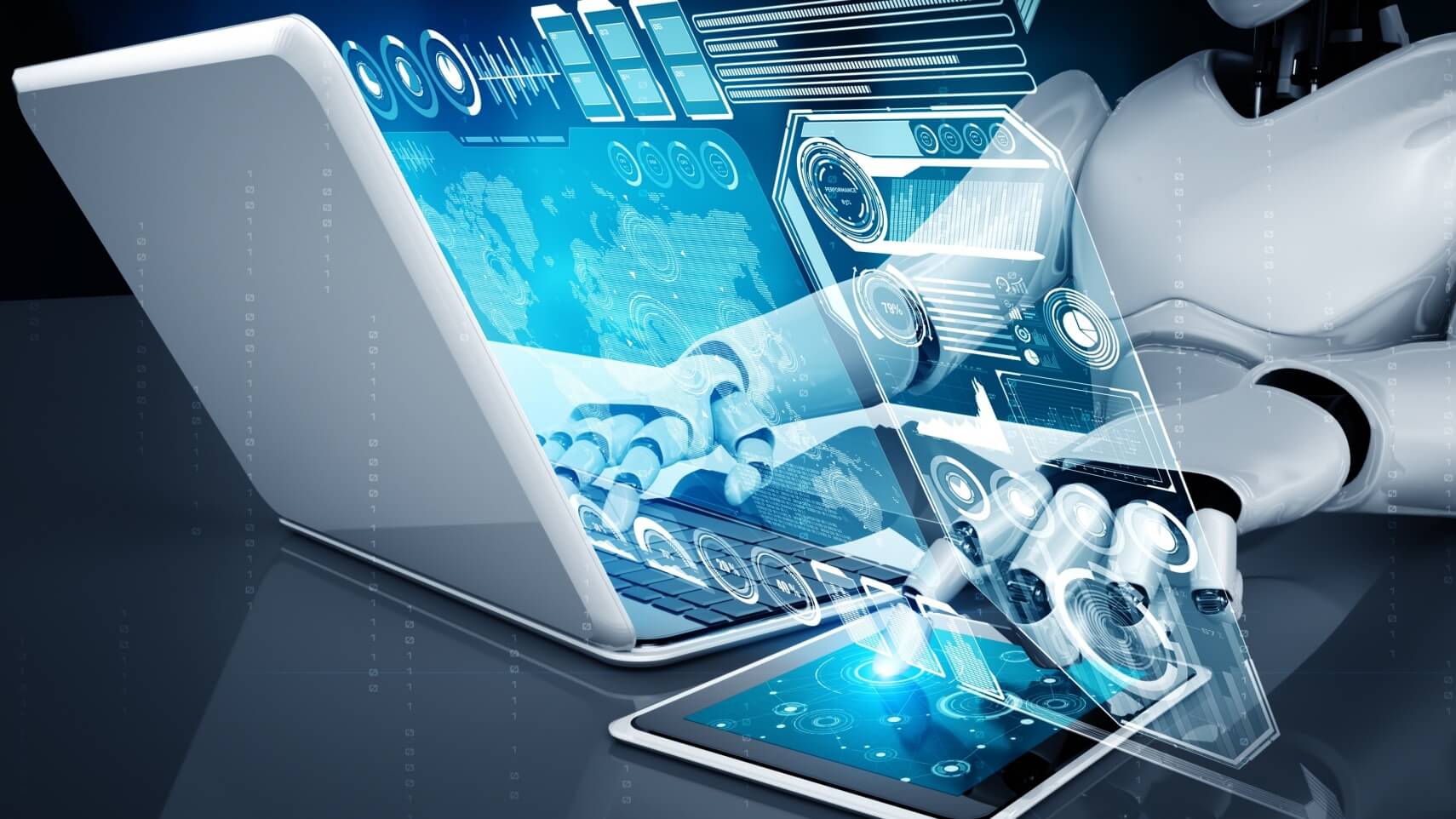
Examples of how machine learning and deep learning are used in business are explained below.
Machine learning usage examples
Chatbots are one example of the use of machine learning. An automatic conversation program that utilizes artificial intelligence makes it possible to automate tasks such as customer support and in-house help desks that were previously handled by humans. Demand forecasting is also being increasingly used, and forecast data is used to predict the number of store visitors and analyze consumer purchasing behavior. By adjusting the order quantity and display timing of products in stores, you can expect to maximize sales.
Deep learning usage examples
There is a product search system that utilizes deep learning. For example, a typical example of an e-commerce site is to display recommended products that match the user’s preferences based on their purchase history and operation history.
We also use demographic data and taxi operation data to predict demand for taxi rides. This not only allows for efficient sales even in unfamiliar areas, but also helps eliminate variations in the actual vehicle rate for each driver. It also improves user convenience.
The key to streamlining business operations is DX conversion
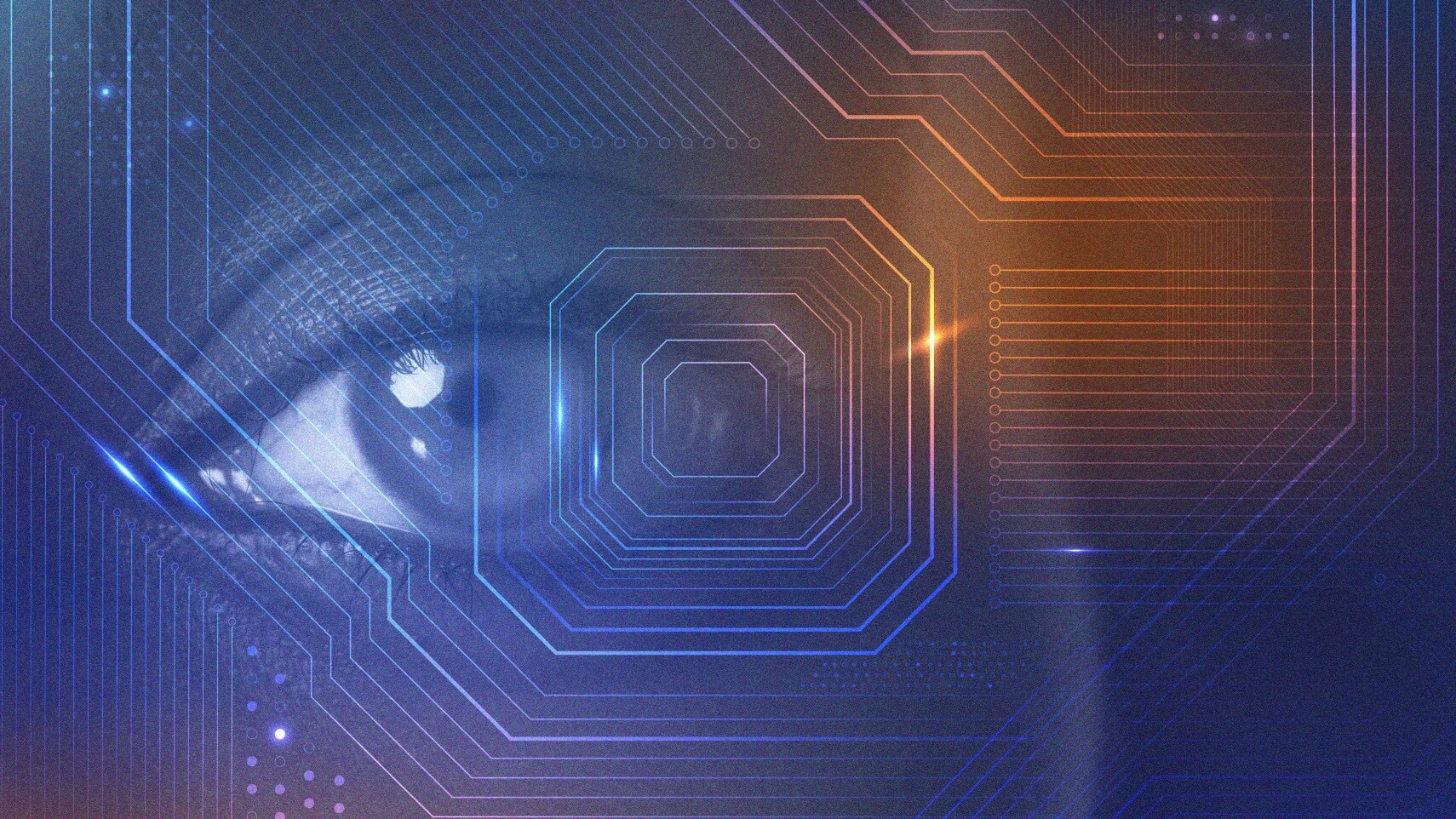
DX is the key to streamlining business operations. From here, we will explain in detail the content of DX and its close relationship with AI, including specific measures to realize DX.
What is DX conversion?
DX is the use of digital technologies such as AI, IoT, and big data to transform services, business models, operations, organizations, processes, and corporate culture to establish competitive significance.
Relationship between AI and DX
To establish a competitive advantage, it is essential to utilize AI, which learns from vast amounts of data and enables advanced recognition, judgment, and prediction.
summary
We have explained machine learning, which can learn by analyzing large amounts of data. Among these, deep learning is used in a wide range of fields such as defective product detection, voice recognition, and demand forecasting in the manufacturing industry, and there are countless examples of its use.

